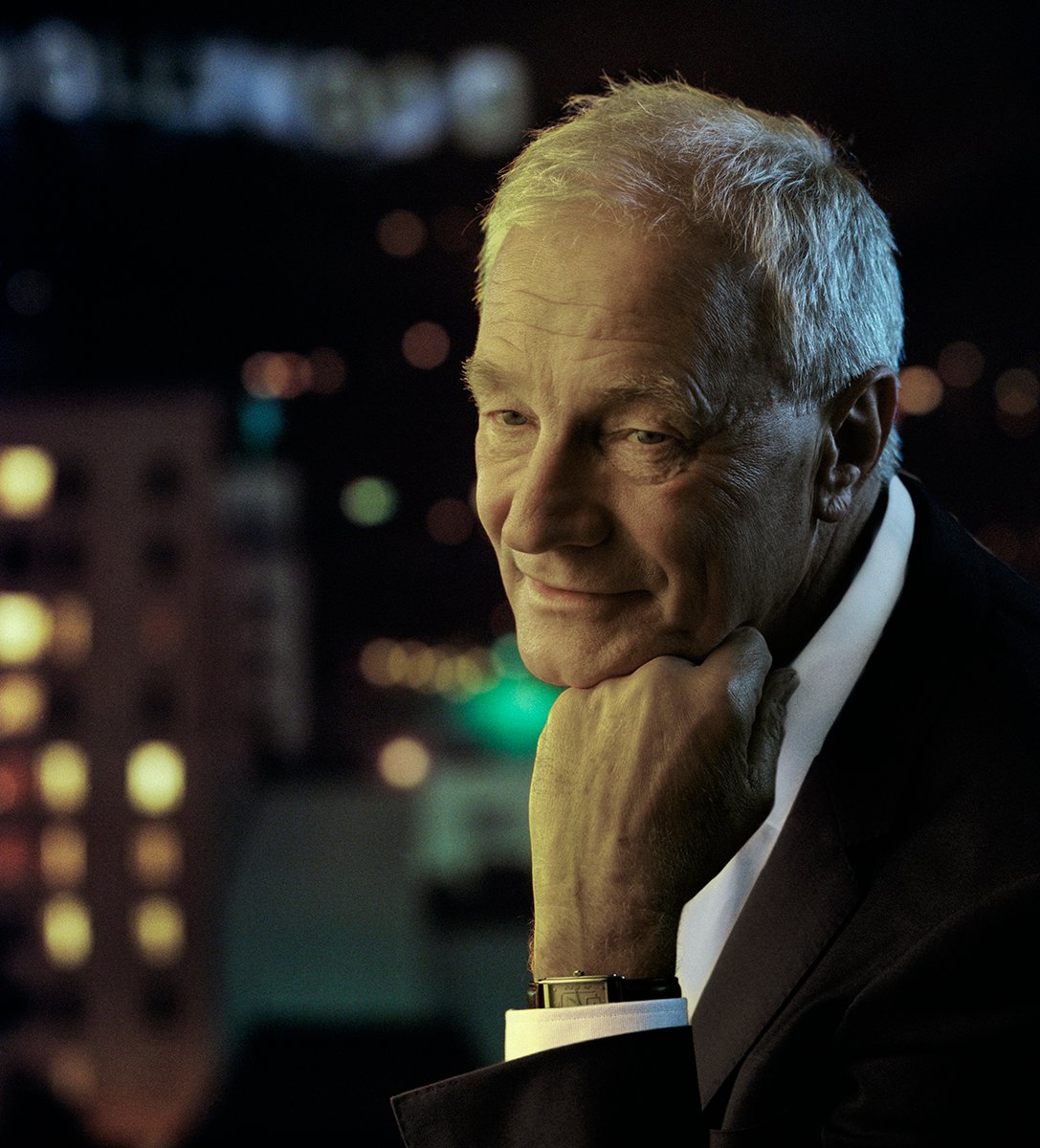
President’s Desk: Camerimage and the Renaissance
What will become of this essential event? “The thought of moving forward without the festival and losing all that it represents hurts deeply.”

After the latest wonderful week of watching cinematography and making connections across the individual worlds of cinematographers, including students and masters alike, the 2018 Camerimage International Film Festival ended with a devastating speech by festival founder — and honorary ASC member — Marek Zydowicz. Surrounded on stage by festival staff and volunteers, Zydowicz notified the stunned audience that this might very well have been the last Camerimage in Poland.
A severe cut to local and national subsidies is expected and would make it virtually impossible to produce the festival as we know it. This might be a wakeup call — a call to arms, so to speak — but it also sadly represents a global trend of national and local governments failing to recognize the value of the arts, disregarding the value of education, and outright ignoring the value of communication between artists — all of which Camerimage has embodied since its inception 26 years ago.
The thought of moving forward without the festival and losing all that it represents hurts deeply.
In the United States, we are also enduring formidable budget cuts to the National Endowment for the Arts and many other initiatives, some of which are in danger of being abandoned altogether. Our global society — which increasingly follows the “reality” presented by Facebook, Instagram and other social media — unfortunately seems desperate to look for quick and logical reasons for things such as art to exist.
This makes me think of David Lynch’s quote: “I don’t know why people expect art to make sense. They accept the fact that life doesn’t make sense.”
Historically, the connection between art and the human condition was expressed most clearly during the Renaissance. Painters, sculptors, architects, musicians and writers mirrored in their works the spirit of their time. Their art helped to visualize their history — and, more so, it helped them move beyond their history.
During the Renaissance period, a new conception of reality, of life itself, was born. The art of the time reflected this new way of thinking, in which the individual began to rise in prominence above the community, and attention was paid not just to God but to human beings. Portraits, self portraits, personal letters — even the place of prominence within society that was given to artists — are just a few examples of how civilization changed its thinking about identity in relation to existence during the Middle Ages.


This past summer, I found myself wandering through the Galleria Borghese in Rome, where I viewed four sculptures by Bernini, the Italian sculptor and architect: Aeneas, Anchises, and Ascanius (c. 1618-’19), The Rape of Proserpina (1621-’22), Apollo and Daphne (1622-’25) and David (1623-’24). Each piece displays a staggering beauty of finely chiseled marble; at the time of their creation, as art historian Rudolf Wittkower noted, they helped inaugurate “a new era in the history of European sculpture.”
Scholar Katherine Eustace further commented, “What Shakespeare is to drama, Bernini may be to sculpture.” In other words, he was one of the most prominent storytellers of the Renaissance. With his interest in the life of the human soul as expressed in the structure and movement of the human body, he furthered the development of the ideas, beliefs and values of the Renaissance period, many of which are still present in our lives.
So, coming back to today, Camerimage is to be considered an important and integral part of the development of our craft and our creative expressions. I can only hope that reason and insight will prevail, and that the consummate festival of cinematography will continue to exist, inspire, and give birth to new ideas for many years to come.

Kees van Oostrum
ASC President
Stay up to date with Camerimage on Facebook and Twitter.
You'll find AC's recent coverage on Camerimage here, here and here.







